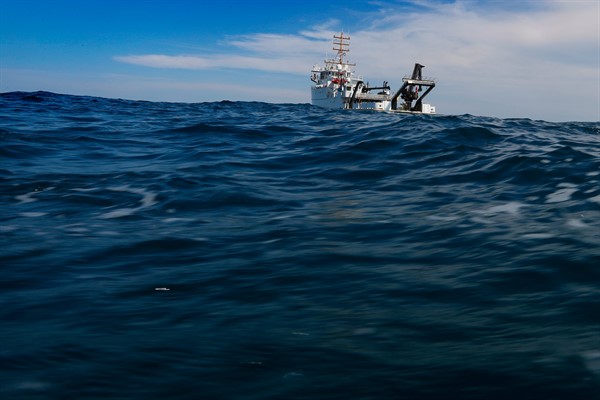As President Joe Biden’s administration moves to restore U.S. global leadership on the environment, it cannot afford to ignore the health of oceans. It must spearhead the successful conclusion of negotiations on a U.N. high seas biodiversity convention, which are currently adrift. To bring this treaty into port, the United States will need to forge global agreement on several contentious issues. It will also need to temper its neuralgic opposition to legally binding multilateral commitments, recognizing that the treaty poses no threat to U.S. sovereignty and is deeply in American interests.
Although not entirely lawless, the high seas are poorly governed by a fragmentary patchwork of regulatory schemes covering everything from migratory birds and regional fisheries to deep-sea mining and pollution from ships. The biggest gap in oceans governance is the absence of a comprehensive agreement to conserve and sustainably manage marine living resources and ecosystems on the high seas, which are experiencing catastrophic declines as technological advances permit their unprecedented exploitation. Already, some 40 percent of the world’s oceans have been severely altered by human activity; only 3 percent can be considered pristine.
A proposed high seas pact—formally, the Internationally Legally Binding Instrument on the Conservation and Sustainable Use of Marine Biological Diversity in Areas Beyond National Jurisdiction, or so-called BBNJ treaty—would plug this gaping hole. It would dramatically enhance environmental stewardship over a vast commons that encompasses 43 percent of Earth’s surface, contains 90 percent of the ocean’s biomass, and constitutes the greatest repository of planetary biodiversity. The BBNJ treaty would be an implementing agreement under the U.N. Convention of the Law of the Sea, the closest approximation to a constitution for the world’s oceans.

